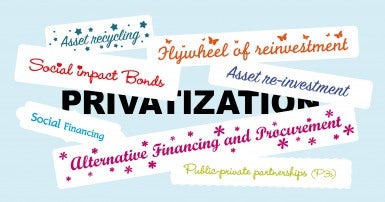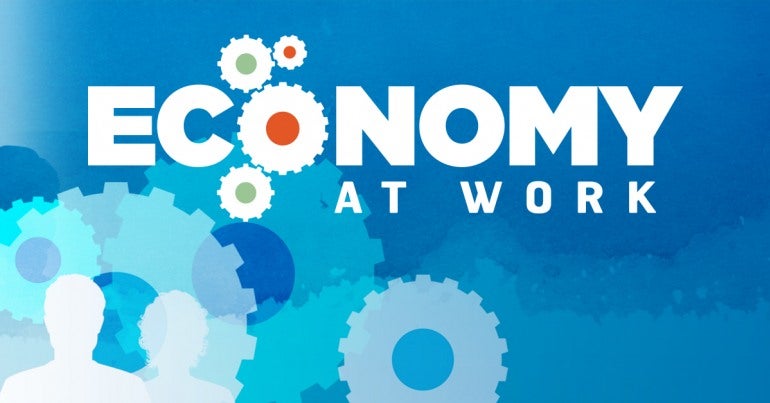
Privatization broadly means the transfer of services, functions and responsibilities from the government or another public body to the private sector. Privatization of public services and infrastructure comes in many forms, and in its most extreme form is the all-out sale of public assets like buildings, utilities, or roads to a private company.
In an asset sale, a government sells complete or partial ownership of a capital asset that provides a public service, such as a utility, road or airport. This also involves transferring the operations and workers to the private sector. “Asset recycling” or “reinvestment” are simply friendlier terms for this form of privatization, suggesting that the sale proceeds will go back into new infrastructure.
Public-private partnerships (P3s) are long-term contracts between a public entity and a for-profit enterprise that finances, builds, owns, operates and/or maintains a public infrastructure asset and the services it provides. The term “partnership” is misleading. P3s are structured to guarantee the private sector profitable payments and/or user fees, while governments are left holding the risk. Known in Ontario as AFPs (Alternative Financing and Procurement), P3s were born in the UK, where they are called Private Finance Initiative, or PFI.
Other words to watch for include social impact bonds (SIBs), social financing, commissioning, and more. We’ll take a closer look at these in our next issue.



